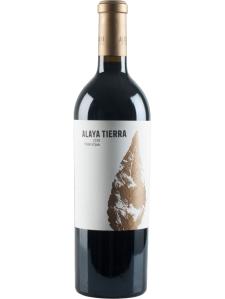Almansa is the easternmost wine region (and one of the smallest) in Castilla-La Mancha, Spain. It was the frontier territory between the Moorish and Christian kingdoms of Aragon and Castilla.
Almansa was awarded DO status in 1966. The designation draws its name from the largest town in the area, known for its imposing 14th-Century castle, the Castillo de Almansa.
The region is geographically and stylistically closer to neighboring Valencia and Murcia, bordering Jumilla and Yecla in the south and Alicante in the east.
Viticulture has taken place here continuously since the 16th Century. The dry, hot and arid conditions of the vast central Iberian plateau also prevail in Almansa, and the overall climate can be considered to be extreme. Despite its proximity to the Mediterranean Sea, the climate is strongly continental, with high temperatures throughout the growing season, although the sea does lessen the harsh conditions more than in other parts of Castilla-La Mancha.
The soils are generally poor and stony, with a healthy lime component, which critically retains water effectively. With less than 14 inches (350mm) of rain falling each year, this is essential. Most vineyards are planted on largely flat terrain around 750m above sea level. This altitude tends to mitigate the heat and lengthy sunshine hours somewhat.
Overall, these conditions favor the production of red wine, and only red-wine varieties are preferente (preferred), according to the local Consejo Regulador, although some white varieties are autorizada (authorized).
The dominant grape variety in Almansa is the regional specialty Monastrell (Mourvedre). Garnacha Tintorera (Alicante Bouschet) is also widely grown, and produces deep-colored wines with plenty of dark-fruit characters. Because of their rich color, these wines have been popular as blending agents, although they are now being appreciated for their individual qualities. Other important varieties include Cencibel (Tempranillo), Cabernet Sauvignon and Syrah. The authorized white varieties are Chardonnay, Sauvignon Blanc, Verdejo and Moscatel de Grano Menudo (Muscat Blanc a Petits Grains).
The powerful reds of Almansa have been growing in reputation since the creation of the DO and are now exported to more than 25 countries. The designation is considered a promising one.


